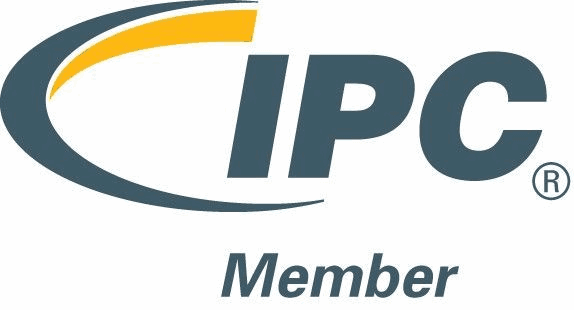Those in the electronics industry face significant challenges regarding their products, including the effects of long-term chip storage. As a widespread chip shortage affects the daily operations of several industries, customers have begun to ask why manufacturers cannot simply stockpile chips in the event of global supply chain issues. MPL addresses these questions by discussing the “lifespan” of chips, as well as the methods used to increase the timeframe of usability.
The key factor to consider when using chips that have been in storage for longer periods of time is whether or not these components will produce the same solderability results. Solderability, which measures how effectively a component can be joined together with a substrate, can indicate the expected reliability of an overall PCB assembly. Due to the significance of solderability as it relates to long-term storage, a considerable amount of research has been conducted to determine the limits of chip storage.
The Effects of Long-Term Chip Storage
Tin Whiskers
One of the more interesting phenomena that occurs to semiconductor and chip components after an extensive storage period is the development of “tin whiskers.” While tin whiskers are found on components manufactured with tin materials, there are other chip and semiconductor materials that also experience tin whiskers over time. These conductive structures can accumulate on the surfaces of stored components and chips which ultimately increases the risk of electronic shortages during product use.
Component Oxidation
Component oxidation is another issue that will affect chip solderability and overall quality after long periods of storage. Because oxidation resulting from long-term environmental exposure will affect the wetting capabilities of components, chips will become obsolete over time and the rate at which this occurs will depend on several factors including: leaded vs. lead-free, moisture sensitivity rating, etc.
Ways to Avoid Adverse Effects of Long-Term Chip Storage
Solderability Testing
Considering the risks associated with long-term storage, how do PCB assemblers ensure that their products will provide high-quality results? For many companies, thorough solderability testing is the key. Two of the most common methods for testing are the “Dip and Look” and “Wetting Balance”.
The Dip and Look Method, true to its name, is a solderability test that relies on an operator’s ability to properly observe the physical and visual attributes of the tested components. After being submerged in a solution of molten solder, a viable component will properly bond to the solder. Additionally, before submersion, each test subject is coated with a layer of flux.
The wetting balance analysis method is a similar solderability test to the dip and look method, as it also immerses the test component fully in molten solder. The difference is that, in the case of wetting balance analysis, the adhesion properties of the solder are inspected over a longer period of time to confirm the component’s solderability. After the components have been examined, the results are plotted on a graph to verify whether or not the soldering process holds up against the pass/fail IPC-J-STD-003 standards.
Product Handling
There are methods outside of testing that can extend the amount of time a component can be stored before becoming obsolete: Proper Product Handling. At MPL, we are well trained to handle PCB components with ranging requirements, specifically, Moisture Sensitive Devices of all levels. Starting with the Purchasing department, MPL demands that all components with an MSL rating of 2 or above are clearly identified and properly labeled— it is in our Terms and Conditions and sets the stage for all handling and storage that comes after arrival at the MPL facility.
MPL Has Long-Term Chip Storage Covered
This expertise and awareness of component handling can make the difference in absolute quality. Our commitment in this area is one reason why MPL is able to maintain impeccable RMA percentages and reduce the challenges of widespread chip shortages by properly maintaining our stock on hand.




